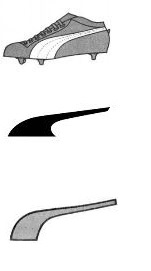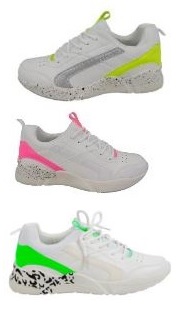Trademark agency Abcor - protect your trademark
Contact
If you have questions or want to know more about our services?Please mail: info@abcor-ip.com
Please call: 31 (0)71 576 3116
This is the main question in the Proplamp case. In 2010 Margje Teeuwen designs the Proplamp, a preshaped lamp that can be further shaped by the customer. De lamp was sold to the Gummbar in Amsterdam. In 2013 it is succeeded by a synthetic version.
In 2014 Ikea enters the market with a similar lamp and the question arises if this lamp was developed independently or derived from Teeuwen’s lamp. De judge is convinced that Ikea did not know of the existence of the Proplamp. Therefore, the introduction of the lamp is not a case of unfair competition.
The whole case would probably have been judged differently if Teeuwen had registered the lamp as a design. In that case, the similarity of the overall impression would have been the key factor.

